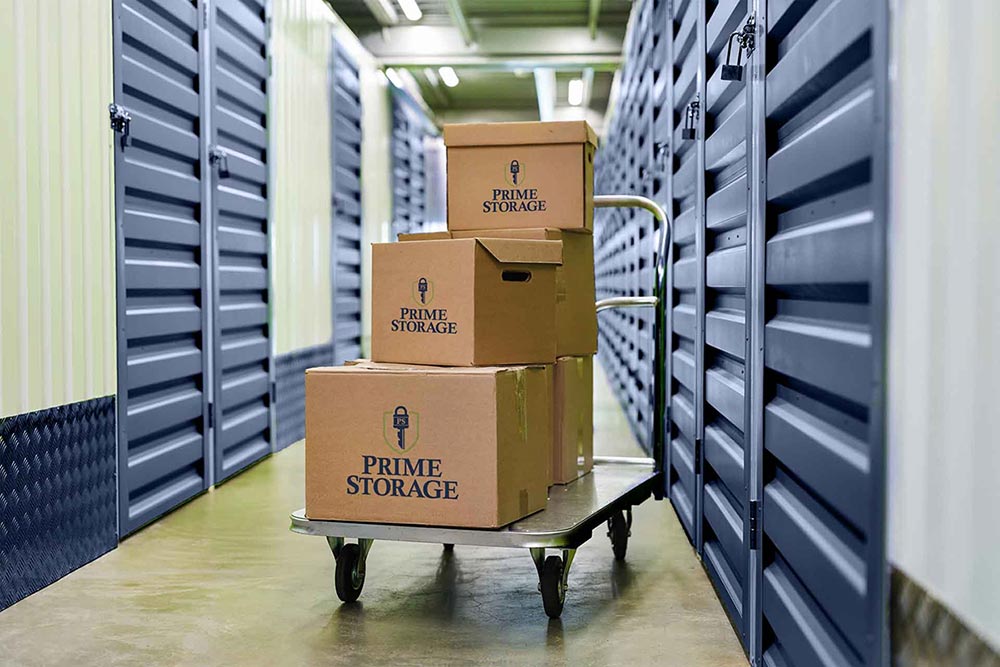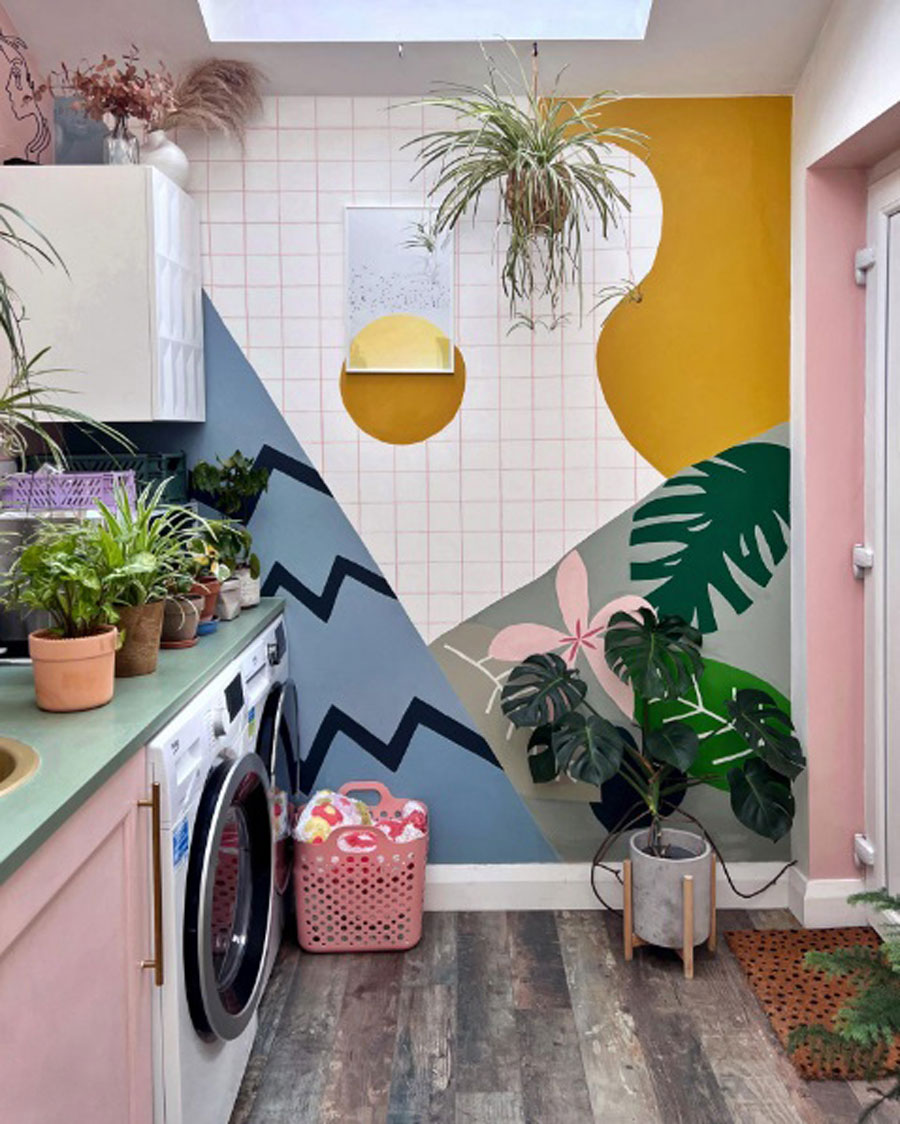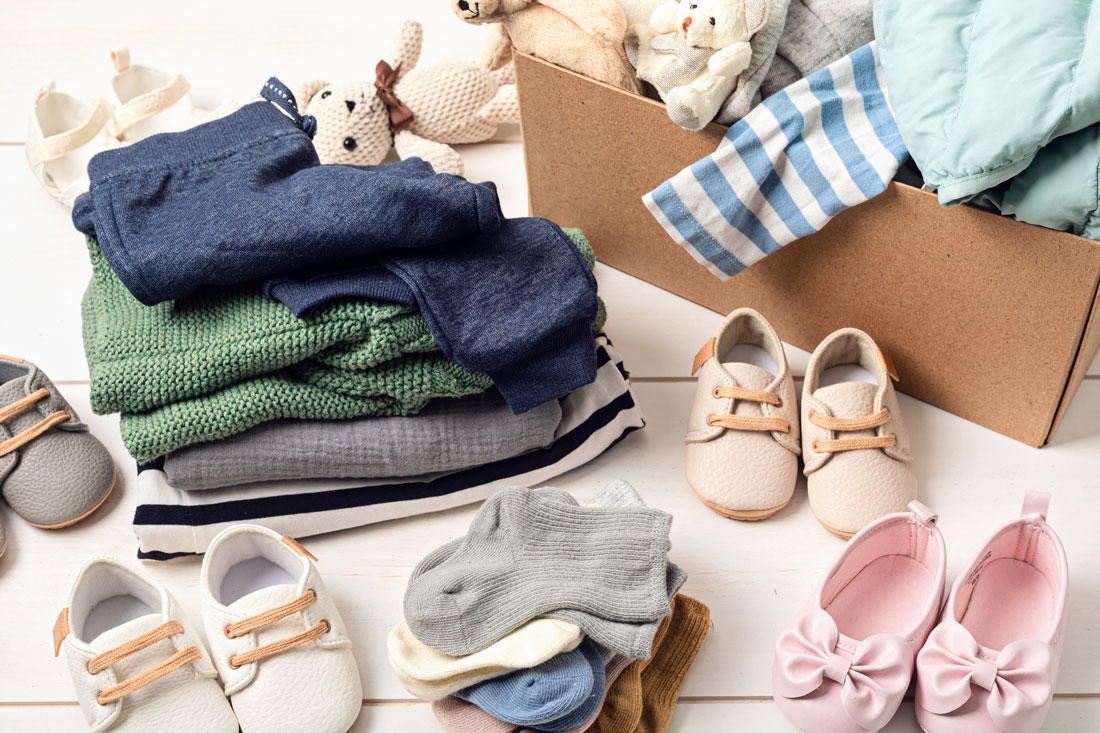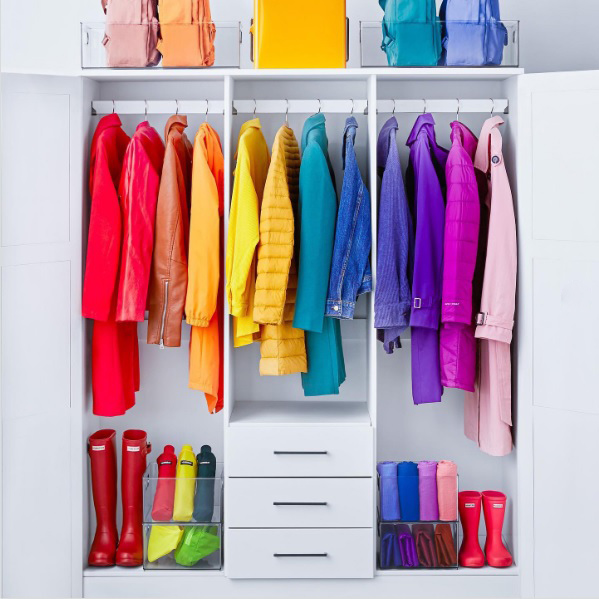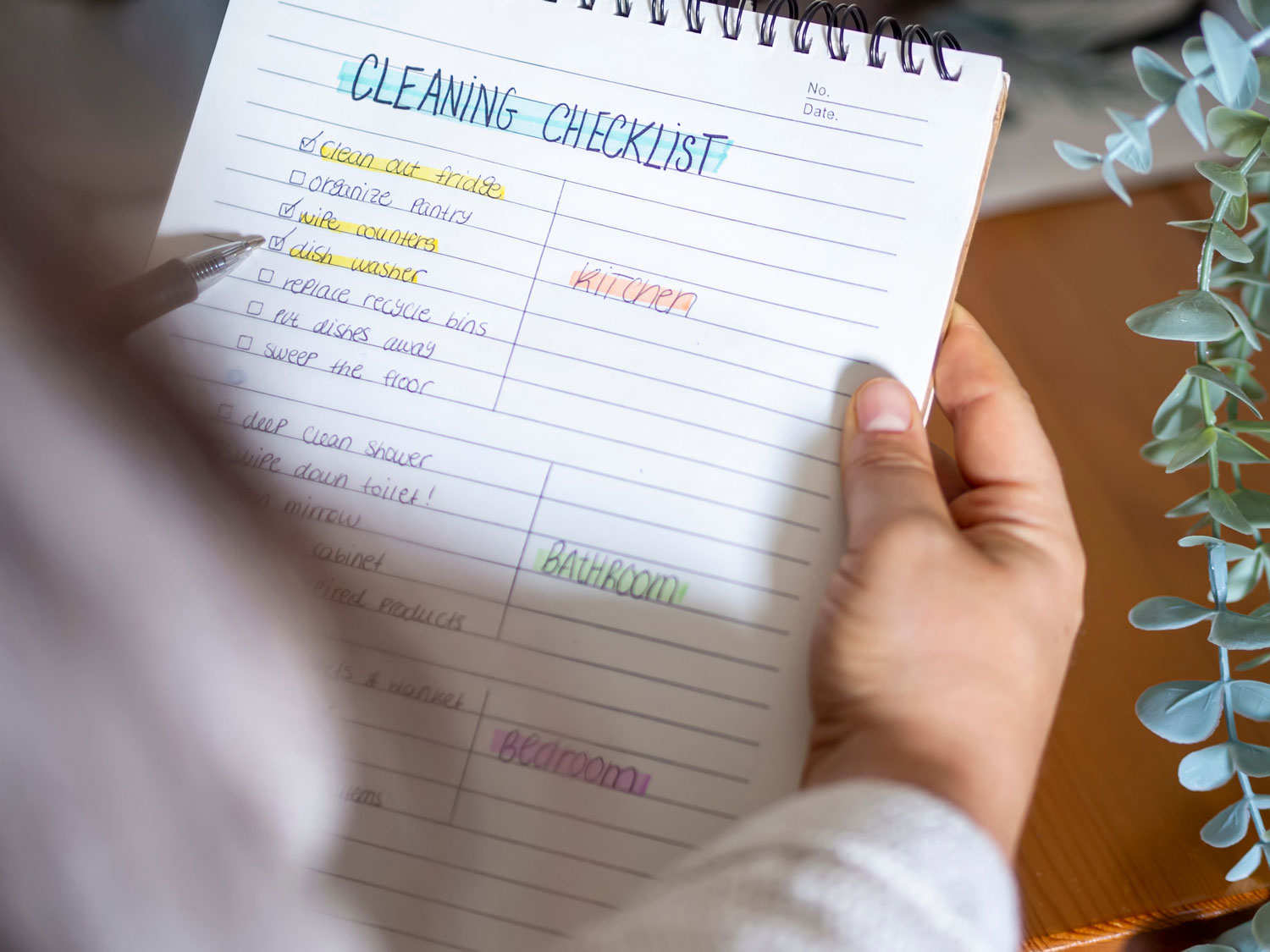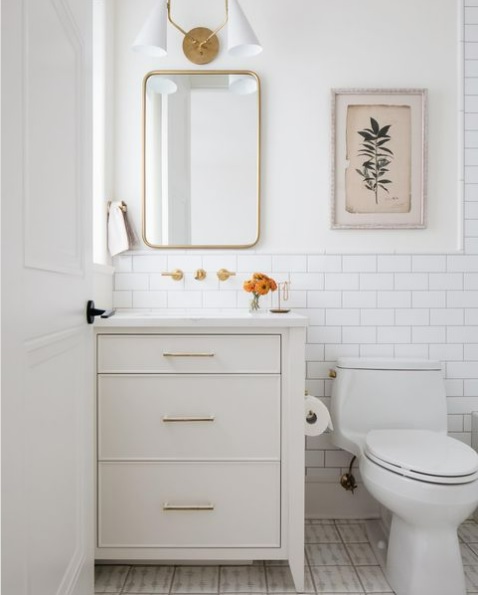Do you ever look around your home and ask yourself, “why do I own so much stuff?” It happens to even the most organized individuals. It is an endless cycle: spend more and accumulate more without expanding the space we live in. Storage becomes extremely limited in our homes, and with that, clutter may arise. With spring cleaning just a few weeks away, now is the time to begin the decluttering process. Four weeks equals four weekends that you can use to quickly declutter your home and prep it for your spring cleaning tasks. With these six tips you can skip the professional organizer and save time when decluttering your living spaces.
Create a Four Week Decluttering Schedule
Before you start unpacking closets and determining what to keep and what to purge, create a game plan. Determine what room or floor you’re going to start in – or group rooms together. For example, use one weekend to clear out your bathrooms and linen/hall closets. The following weekend, tackle your bedrooms. You could spend your third weekend decluttering your main living areas, such as a family room, den, and kitchen, with your fourth weekend spent solely on storage areas, like your garage, attic, and basement.
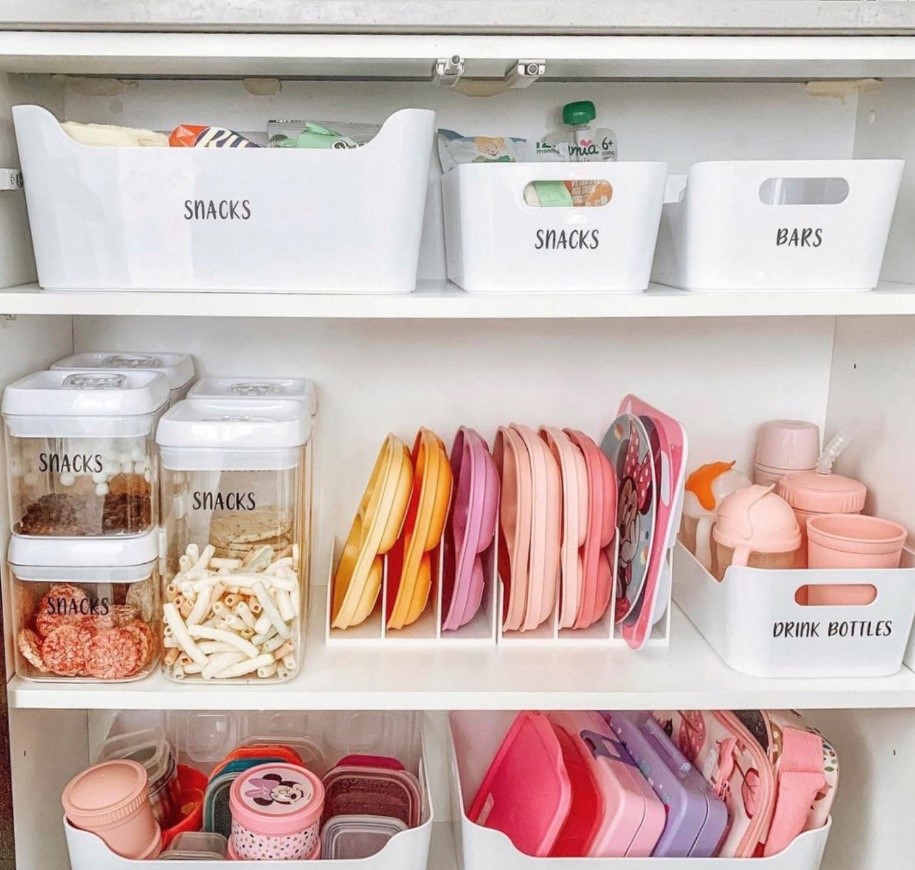
Design a Decluttering To-Do List
Once you’ve determined how you’re going to structure your four-week plan, begin coming up with tasks for each area. To determine the different tasks per room, assess all areas of each space. Here are a few questions you can ask yourself when deciding what needs to be cleared out:
- What in this room is taking up unnecessary space?
- What furniture am I using as storage (i.e., dressers, nightstands, entertainment centers, table drawers, cabinets, etc.)?
- How can I create more space in this room? For example, you could make more space on a kitchen countertop by getting rid of a toaster oven you haven’t used in three years or by sorting through junk mail that has been piling up.
- What items do I need to sort through in this room? You can group objects in categories to add to your to-do list.
- Do I need everything in these rooms? What do I need and where will I store it?
These questions will help you come up with your tasks. Organize these tasks on a to-do list with empty boxes to check when you complete a job. If you’re running short on time, there are many free printable decluttering checklists online, such as this one from Sunny Day Family.
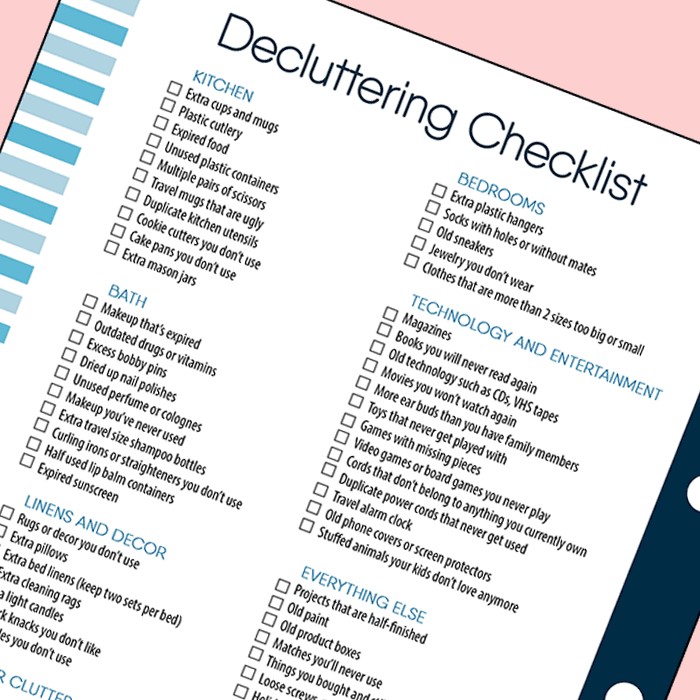
Here are some household items that we try not to forget when setting out on a decluttering journey:
- Junk mail & old magazines
- Cleaning supplies
- Makeup, skincare, and nail polishes
- Financial documents, such as pay stubs, tax forms, and bank statements
- Socks and undergarments
- Travel-sized toiletries
- Batteries
- DVDs
- Toys, video games, and board games
- Baking supplies
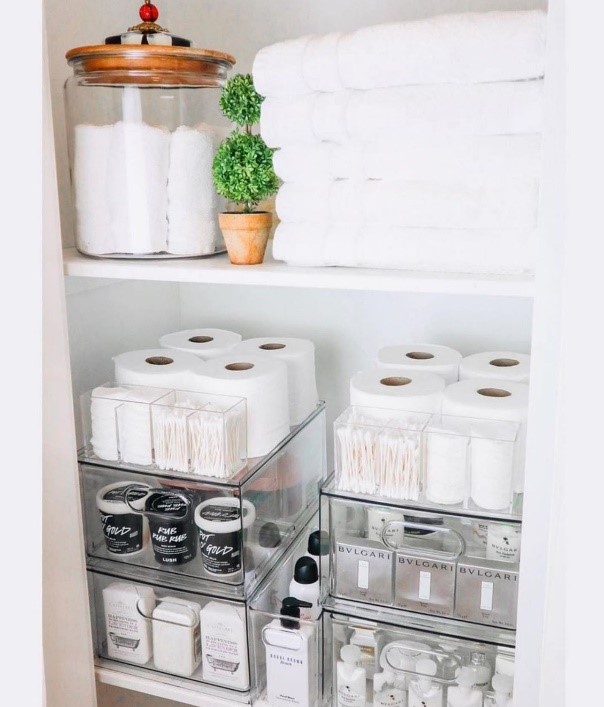
For more recommendations on items to sort through, read our blog post on 15 things you should toss out today.
Get Your Supplies Together
With your checklist in hand, determine what supplies you will need. If you’re not tying your decluttering duties in with cleaning, you will only need organization & garbage-related supplies, such as:
- Garage bags
- Recycling bin
- Boxes for donations
Waiting until after you declutter to buy your storage bins is advised. Why? Because the space you have available now for containers might not be the same after you complete the decluttering process! Once you’ve gotten rid of anything you no longer need, you may find that you have more space for plastic bins, wicker baskets, and storage tubs. You may also find new areas to store items, such as under a guest bed, where vacuum-seal bags or storage totes designed for under bedframes will make best use of the space.
Determine Your Decluttering Method
There are many different ways to determine what to keep, throw out, and recycle. Some best practices are determined by the item itself (and its expiration date!), while others are determined by how often or recently something has been used. Here are a few tips for deciding whether or not to keep these popular household items:
- Perishable & Non-Perishable Food: Check the expiration dates! Yes, this includes condiments, butter, and those sneaky bottles of salad dressing hiding in the refrigerator door. If it’s expired, toss it. If something is unopened and not close to expiration, but you know your family will not eat it, consider donating it to a local food bank or shelter.
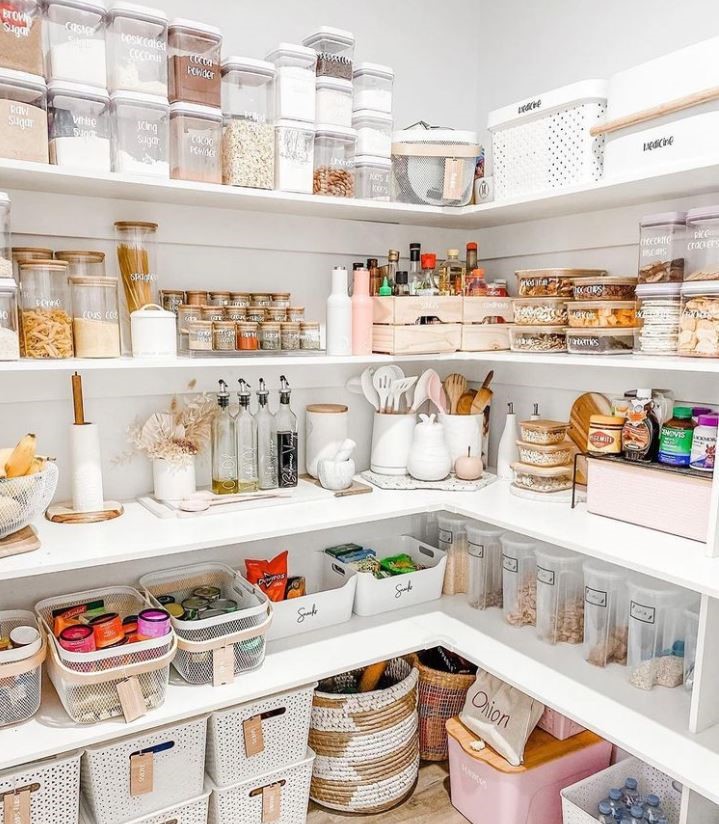
- Toiletries & Medicines: The items that are in your medicine cabinet and bathroom drawers have expiration dates, too, regardless of whether or not there are expiration dates printed on the items. Check out our blog post on 19 Quick & Easy Spring Cleaning Tips to learn more about when and how to dispose of these bathroom items.
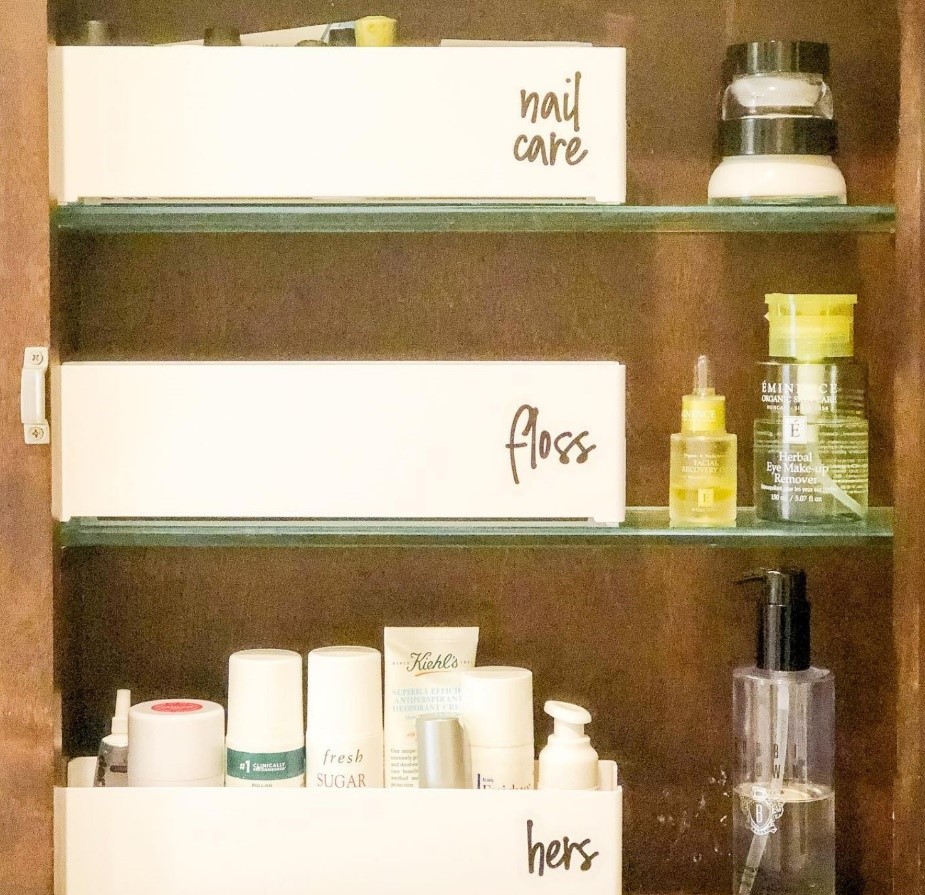
- Clothing: There are many different methods to use when deciding what garments and accessories to keep, including:
-Getting rid of anything with permanent stains or odors
-Getting rid of items with rips or holes. If an item can be repaired, weigh the cost of a tailor. If you get the item repaired, will you wear it in the future? If the answer is no or maybe, it might be time to part ways with the piece of clothing.
Some items with small rips or holes can be used by community shelters and dog shelters as cleaning rags. Check with your local shelters to see if they accept these items.
-Getting rid of items that no longer fit your body, personal style, or lifestyle. The Spruce recommends getting rid of clothes that you haven’t fit into or worn in a year. For example, if you’re permanently #WFH, do you have need all of your old suits? If the answer is no, consider donating them to organizations that specifically take professional attire, such as Dress for Success.
Other items that you may want to get rid of include: seasonal clothing, costumes, outgrown children’s clothes, maternity clothes, and athletic gear.
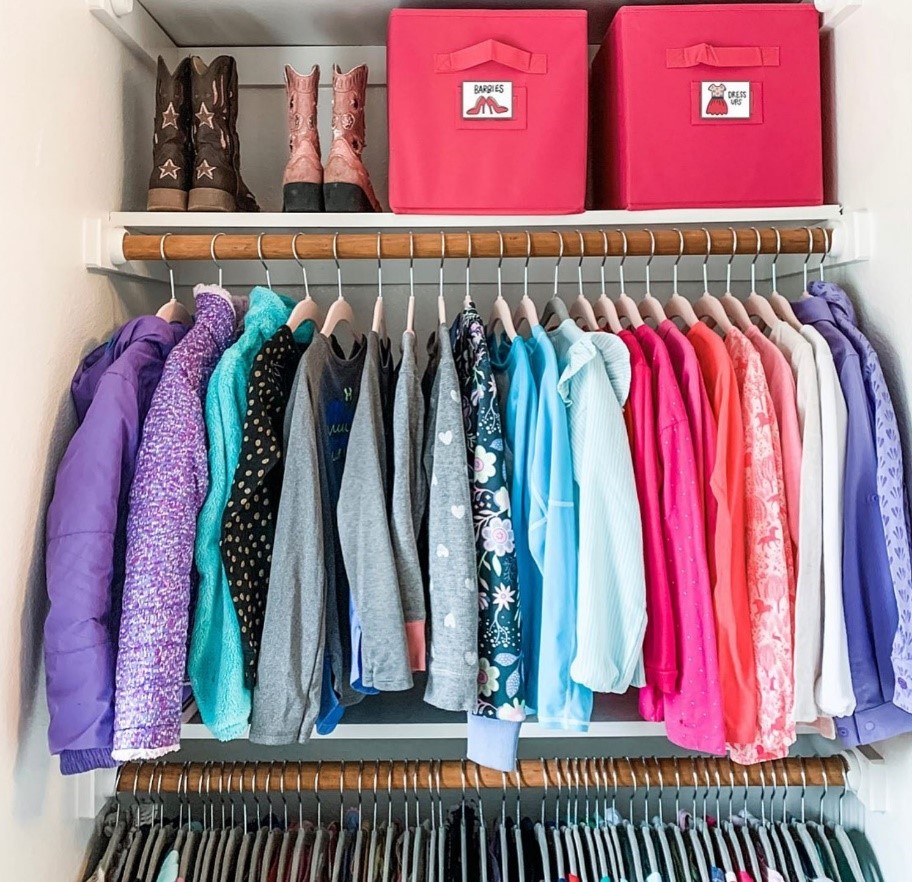
Marie Kondo, bestselling author and decluttering guru, uses a simple method to determine what to keep and get rid of. She recommends going item-by-item and asking yourself whether or not the item sparks joy. If it does, it’s something to keep. You can add the item to your trash or donate pile if it does not. To learn more about Kondo’s KonMari Method, check out this article from Good Housekeeping.
Neatly Put Everything Away That You’re Keeping
It’s easy to toss everything you’re saving in a pile and call it a day. But, instead, put each item away after you’ve finished clearing it. This is a great time to organize each space! Check out some of our other blog posts on organizing your home:
- Mudroom Storage & Organization Tips
- How to Start Organizing Your Pantry Today
- The Best Containers for Storing Clothing
- Garage Organization: 7 Tips to Maximize Space
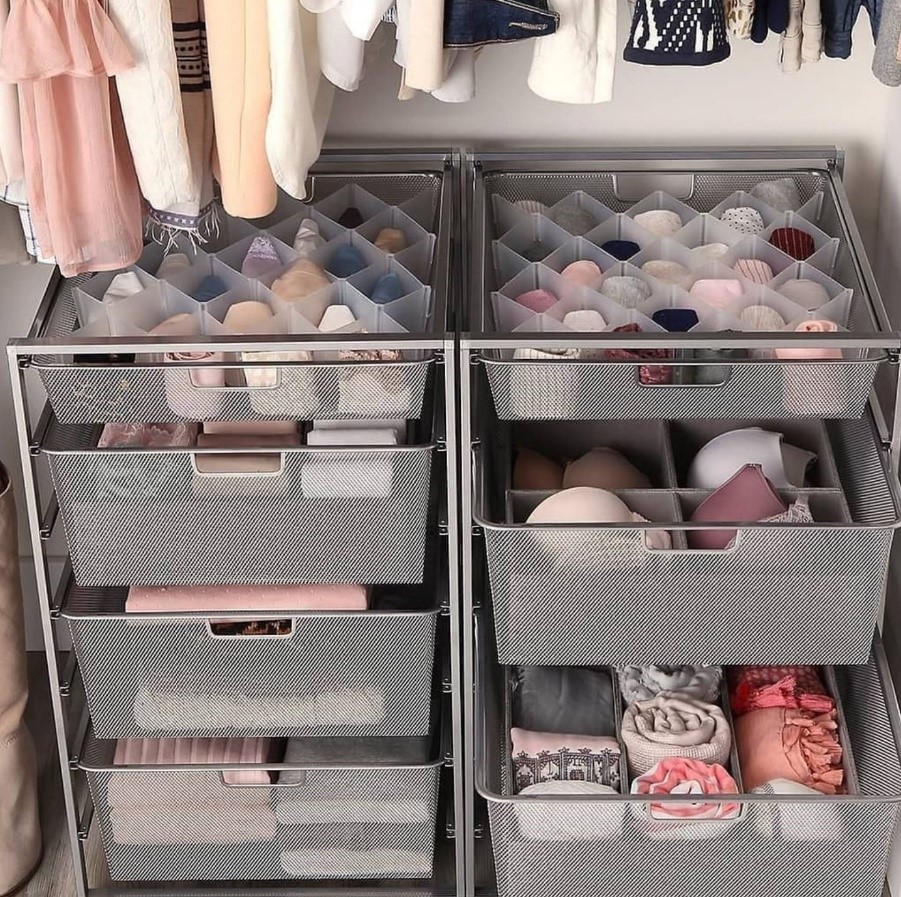
Determine if You Need Additional Storage
Some of us have a hard time parting ways with things that we own — and there is nothing wrong with that! Decluttering your home may mean needing to find a secondary location for the things you love but only use occasionally or seasonally. If that happens to be the case, consider renting a self storage unit. Prime Storage has facilities nationwide that offer features such as drive-up accessibility, climate control, and even vehicle, boat, and RV storage. Self storage is a fantastic option whenever you’re seeking an extension to your home, garage, shed, or basement.
